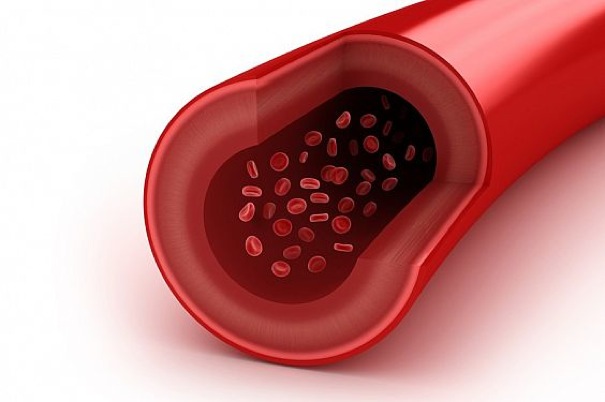While good cholesterol has traditionally been known to be good for heart, a new study claimed that higher levels of the cholesterol may not always benefit middle aged and postmenopausal women.
The findings showed that the traditional measure of the good cholesterol — one that carries fat away from heart, reduces the build-up of plaque and lowers potential for cardiovascular disease — fails to portray an accurate depiction of heart disease risk for postmenopausal women.
It is because older women are subject to a variety of physiological changes in their sex hormones, lipids, body fat deposition and vascular health as they transition through menopause.
The decrease of oestrogen — a cardio-protective sex hormone — and other metabolic changes can trigger chronic inflammation and alter the quality of HDL particles, the researchers explained.
The findings bring into question the current use of total high-density lipoproteins (HDL) cholesterol to predict heart disease risk.
“We have been seeing an unexpected relationship between HDL cholesterol and postmenopausal women in previous studies, but have never deeply explored it,” said lead author Samar El Khoudary from the University of Pittsburgh in the US.
“High total HDL cholesterol in postmenopausal women could mask a significant heart disease risk that we still need to understand,” he added.
For the study, published in the journal Arteriosclerosis, Thrombosis, and Vascular Biology, the team included data from 1,138 women aged between 45 and 84 years.
At higher levels, HDL cholesterol was also associated with atherosclerosis — a condition of fat and cholesterol build up in the artery walls — risk in older women at menopause and who were 10 years or more into menopause.
But a higher concentration of total HDL particles was associated with lower atherosclerosis risk, while a high number of small HDL particles benefited postmenopausal women.
While the large HDL particles were linked to high risk of cardiovascular disease near menopause, as women move further away from transition, the good qualities of HDL may restore, the researchers said.
“Identifying the proper method to measure active ‘good’ HDL is critical to understanding the true cardiovascular health of these women,” the researchers said. IANS

